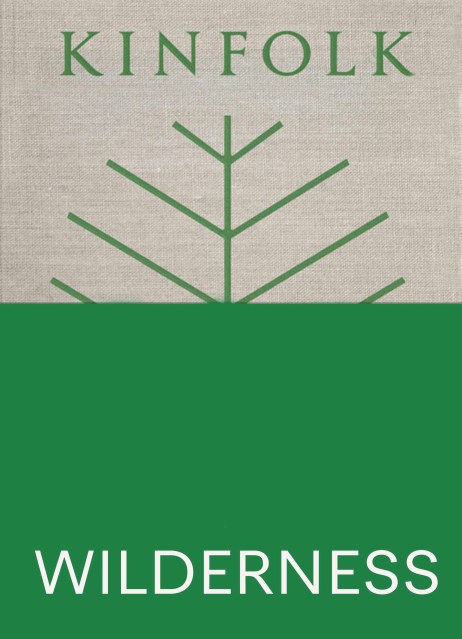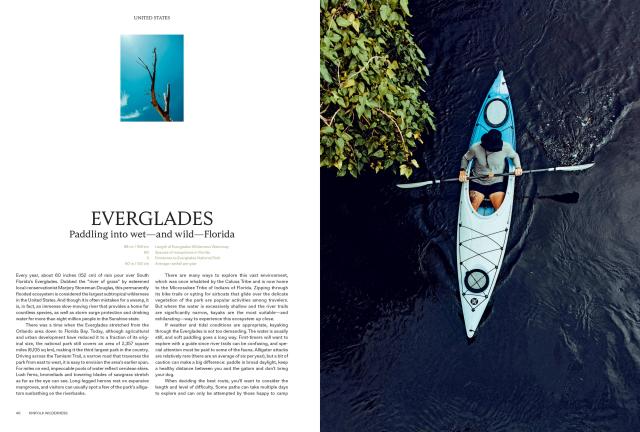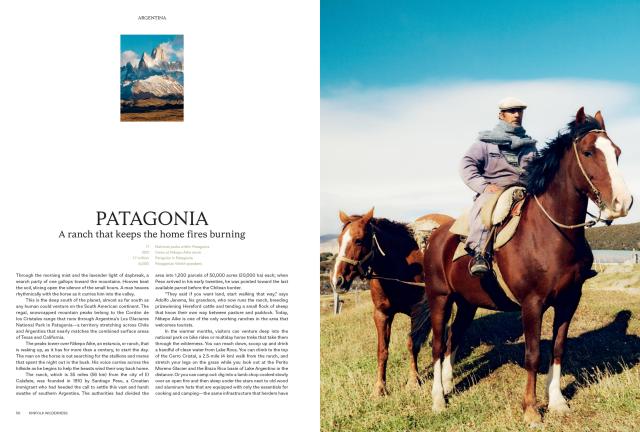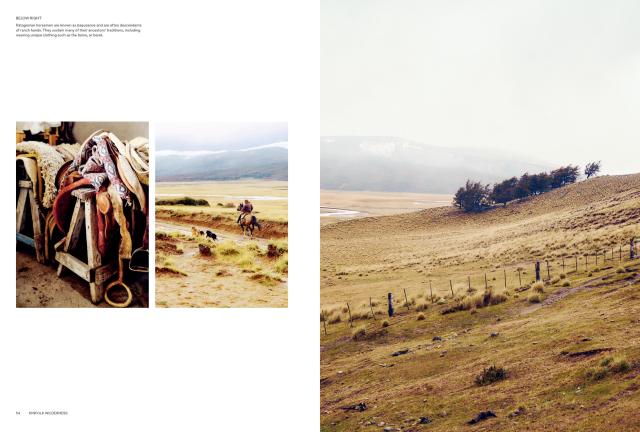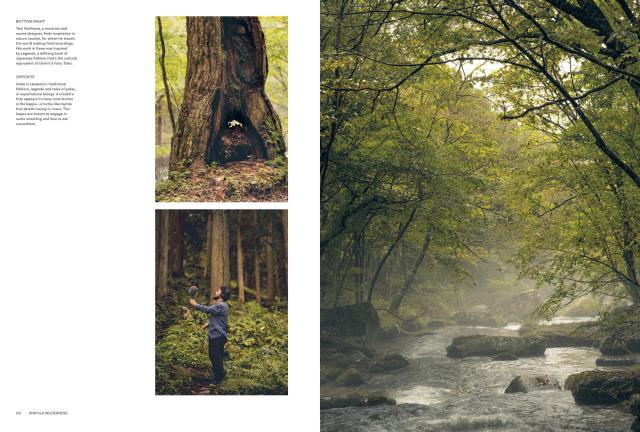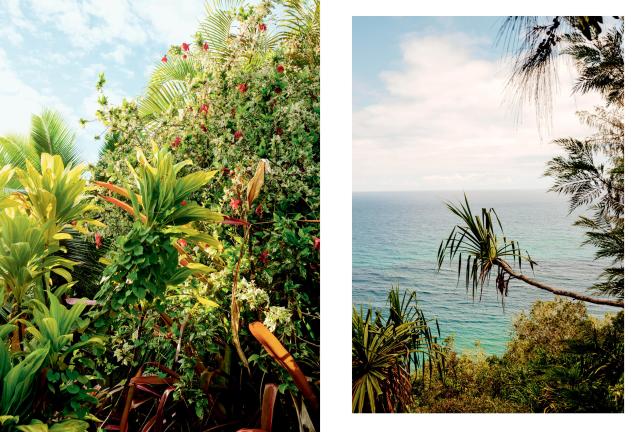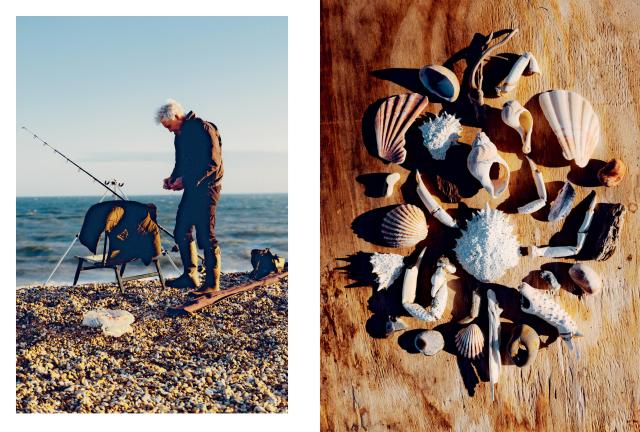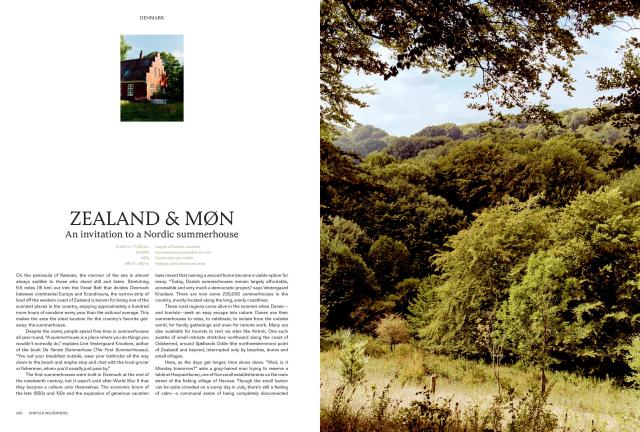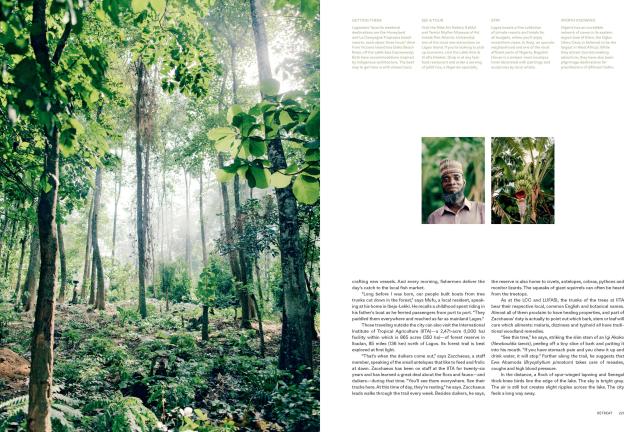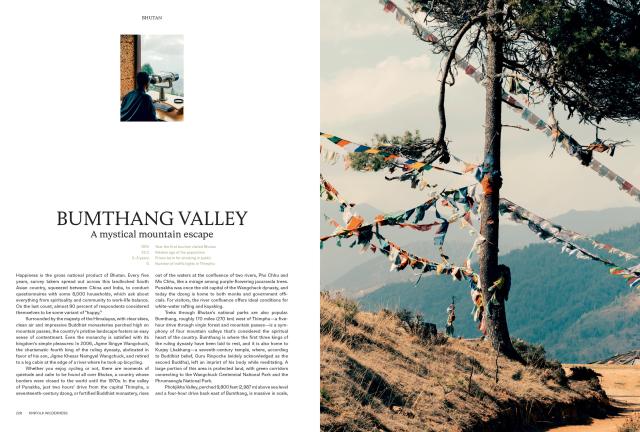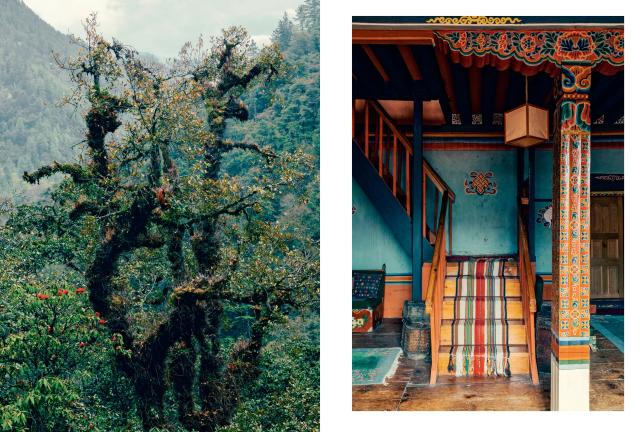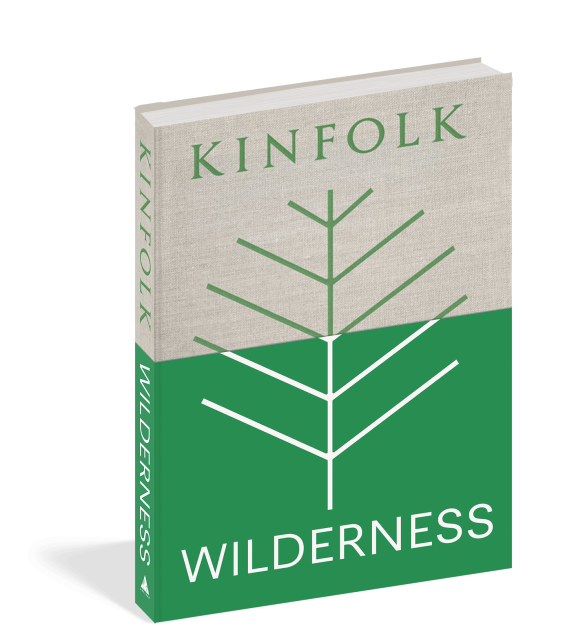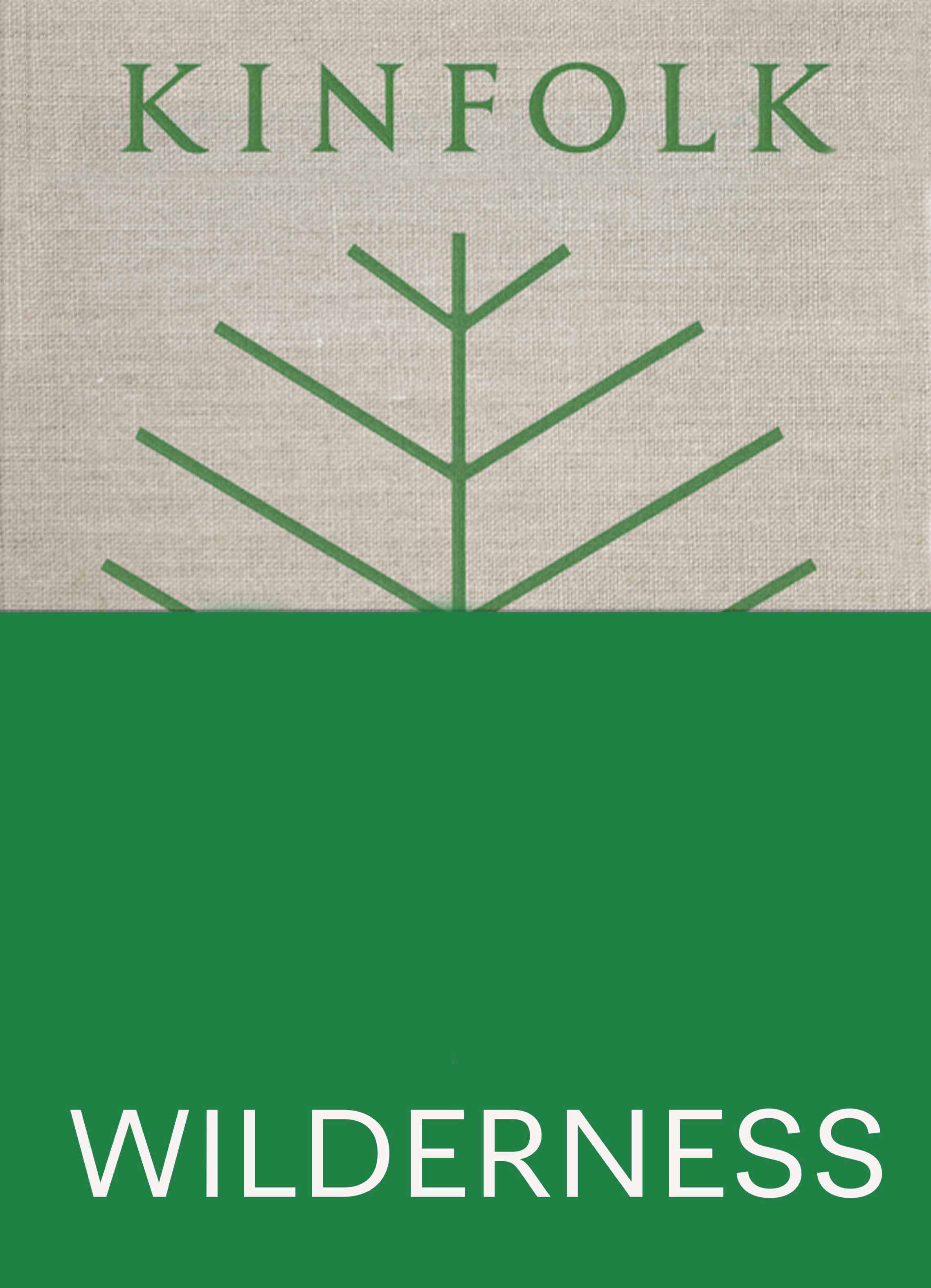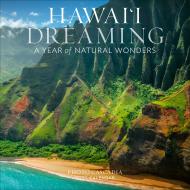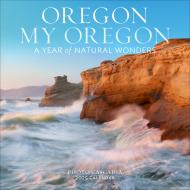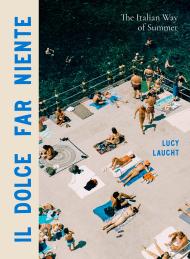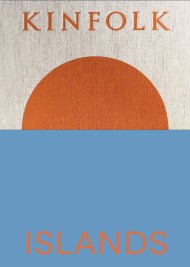Promotion
Sign up for our newsletters to receive 20% off! Shop now. Exclusions apply.
By clicking “Accept,” you agree to the use of cookies and similar technologies on your device as set forth in our Cookie Policy and our Privacy Policy. Please note that certain cookies are essential for this website to function properly and do not require user consent to be deployed.
Kinfolk Wilderness
Contributors
By John Burns
Formats and Prices
Price
$45.00Price
$57.00 CADFormat
Format:
- Hardcover $45.00 $57.00 CAD
- ebook $32.99 $42.99 CAD
This item is a preorder. Your payment method will be charged immediately, and the product is expected to ship on or around April 11, 2023. This date is subject to change due to shipping delays beyond our control.
Also available from:
Whatever your pace or purpose, the stories within will provide you with a fresh perspective on what it means to be “outdoorsy,” whether that means trekking from hut to hut in New Zealand, saddling up at a Patagonian ranch or simply taking a moment for mindfulness amid the pristine peaks of Bhutan. Featuring vibrant photography, practical guidance and thoughtful reflections on land stewardship, Kinfolk Wilderness brings together inspiring itineraries from five continents that promise adventure, inspire awe and spark a deeper connection to the landscape. You’ll find entry points into bucolic European idylls from Denmark to Romania, discover new hiking trails through the ancient hills of Iraqi Kurdistan and learn how to stargaze in the haunting dark-sky deserts of California.
Guided by the belief that travel is as much a state of mind as an action or itinerary, Kinfolk celebrates a way of exploring our world that not only fosters thoughtful perspectives on the places we visit but also deepens our relationship with home once the journey is over.
Series:
- On Sale
- Apr 11, 2023
- Page Count
- 256 pages
- Publisher
- Artisan
- ISBN-13
- 9781648291715
Newsletter Signup
By clicking ‘Sign Up,’ I acknowledge that I have read and agree to Hachette Book Group’s Privacy Policy and Terms of Use
